|
6th October 2020 It's Tuesday evening at 'The Sovereigns' in Woking and it's time for a boardgame. The main game this evening was 'Pan Am', a game about building up airline companies over the years and then watching as they bought out by Pan Am in exchange for shares! What's in a game? This game is set in 'The Golden Age of Air Travel', which I guess covers from the 'inter-war years' to the late 1960's. This is reflected in the games look and art, which has a cool retro look to it.
The game's components are all good and the game's art direction and quality are worth noting. This shows the game's attention to detail. How's it play? Setup The set up for Pan Am is pretty straight forward.
Event card Every round begins by turning over that round's event card. This determines some actions that will occur in the game.
Worker placement This is where the majority of the game occurs; Usually placing workers starts with the 1st player, but there is something called priority. This is explained in detail below, but basically any workers that were placed into the directive spaces in the previous round go first in placement order. There are 2 types of spaces a worker can be placed into.
So we go on to the five different types of worker action available to players. Players can obviously place down their workers in any other, but below is the order in which they are resolved
Expansion Pan Am airlines starts the game in the Miami city space. The die is used to determine how and where Pan Am expands. The number of times the active player rolls it is dictated by the event card. When the die is rolled, it will show one of two types of action.
Selling (Or being forced to sell.) routes is not necessarily a bad thing, it can be vital to winning the game. This is because Pan Am actually offers reasonably good money for a route. A 1 point route will earn a player 1 per round, thus if a player has it for all 7 rounds it will earn a maximum of 7 throughout the game. Pan Am pays 5 for a 1 point route. So long term, keeping a route earns more, but it's a slow drip of money. Selling to Pan Am gives the player a lump sum that can immediately be re-invested into claiming more routes (Or buying shares.). A 1 point route is worth 5. A 2 point route is worth 9. A 3 point route is worth 12. A 4 point route is worth 14. Obviously, there are diminishing returns here, but remember the class 4 aeroplanes will not appear until turn 6 (Unless an event card changes this.) and will only generate income for 2 turns. When a route is sold to Pan Am, the player reduces their income track by the value of the route and the aeroplane on the route is replaced by a Pan Am token. The aeroplane is returned to the player which is actually very useful. The amount of aeroplanes a player can have is limited to the number of aeroplanes available. Each player only has 1 class 4 aeroplane, so being able to use it, sell the route it's on and then use it again is the way to go. Players not only get the opportunity to sell routes during expansion, event cards and directive cards can also allow players to sell routes. Income Players earn an amount of money equal to their position along their income track. Buy shares Players can now buy shares, because this is the airline business, the only shares that matter are Pan Am shares. Players may buy as much Pan Am stock as they can afford, the price of the shares is influenced by the event card played at the start of the round. Since there is only ever 7 opportunities to buy shares, it's probably a good idea to try and buy them at every opportunity. Once all players have bought all the shares they want, the round ends. The first player marker is moved left to the next player and new round begins. Endgame In this game, no one cares about the little routes that you create, they only care about Pan Am. After the end of the 7th round, players tally up the shares they have bought. Highest number of shares win. Remaining money counts as a tie breaker. Overall
Pam Am does a good job of blending accessibility, depth and player options. Very rarely was there a meaningless choice in the game. Most of the time I felt that I could do with an extra worker or two. Maximising your workers is very important, as is knowing when to bid for something or not. The destination card and class 1 aeroplane auction tracks have a minimum bid of 0. There's potential to get stuff for free when other players have minimal interest in it. The key to the game I think, is selling routes to Pan Am at the right time, the prices are set a sweet spot of being good but not too good. Generally it's prudent to sell routes to Pan Am, but it's never a no-brainer - and that's a good thing. Ideally players will want to try and build routes close to Pam Am, hoping to get bought out. It's almost a counter-intuitive way to play. Since the game is ultimately all about Pan Am shares, you obviously need to buy as many as possible and the game only gives players 7 opportunities to do this. Stock prices generally start low in the game and rise continually throughout the game, this can put players in a quandary. Do you buy shares in earlier rounds when they are much cheaper and run the risk of lacking funds to compete in bidding? Or do you buy them later, hoping that your early investments pay off and give you more money to buy the invariably more expensive shares. Finally, it's quite interesting watching as Pan Am unfailingly spreads across the board, consuming everything in its way. I have the urge to play Pan Am again, that's always a solid indicator of a good game in my opinion. It's definitely worth trying.
0 Comments
Leave a Reply. |
AuthorI play, I paint. Archives
March 2024
Categories
All
|

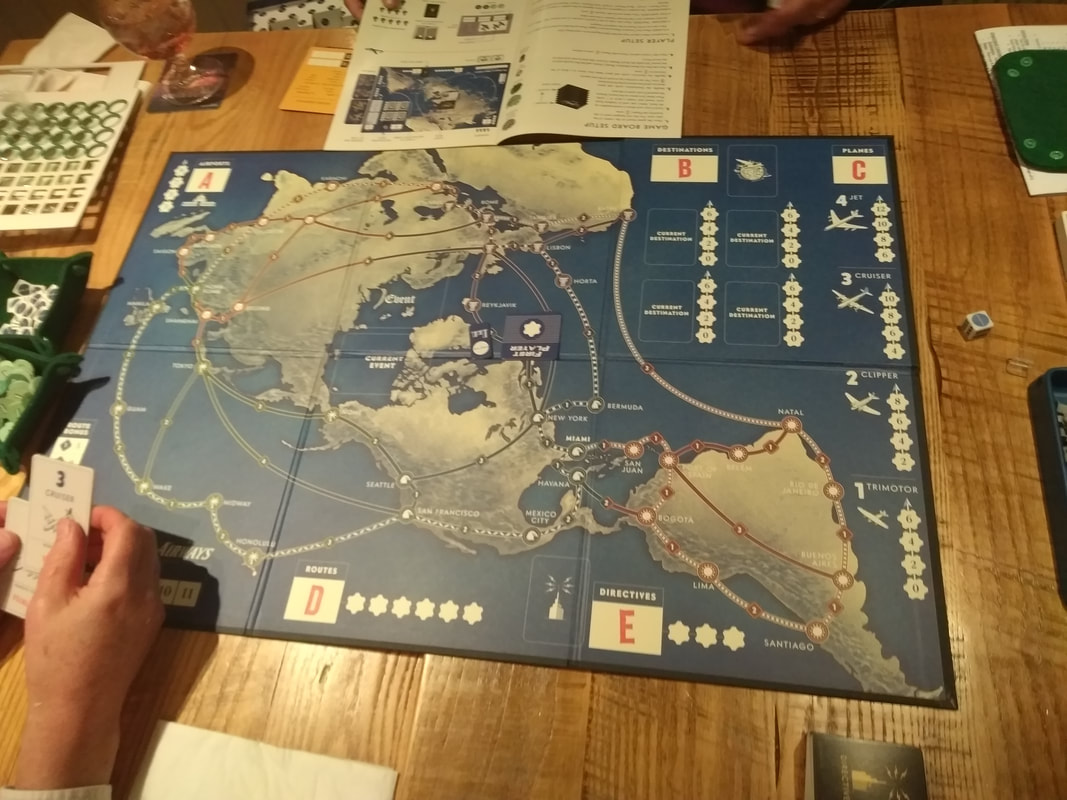
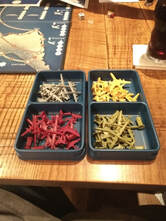
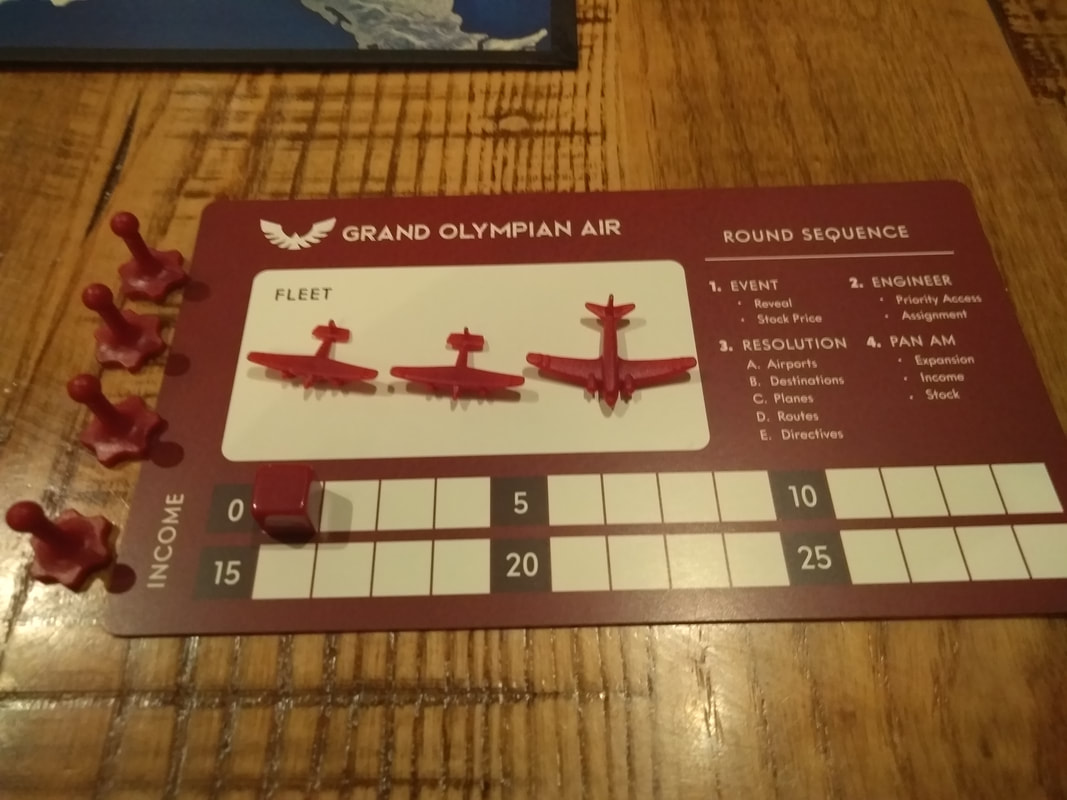
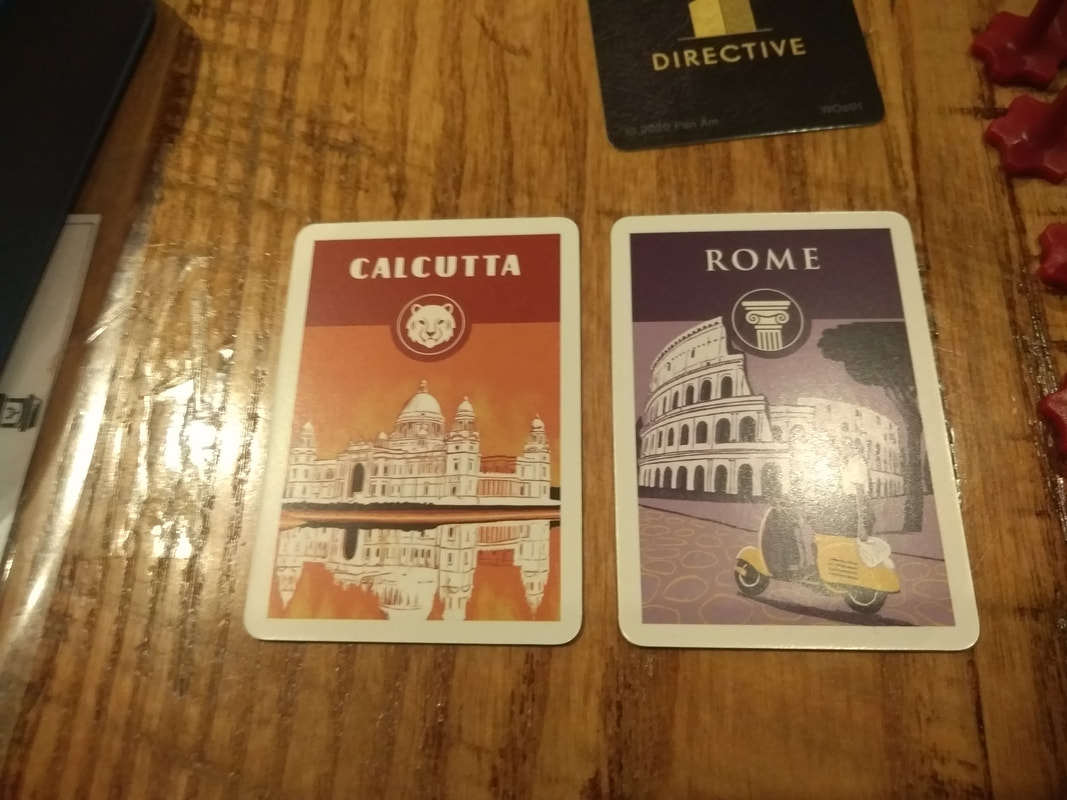
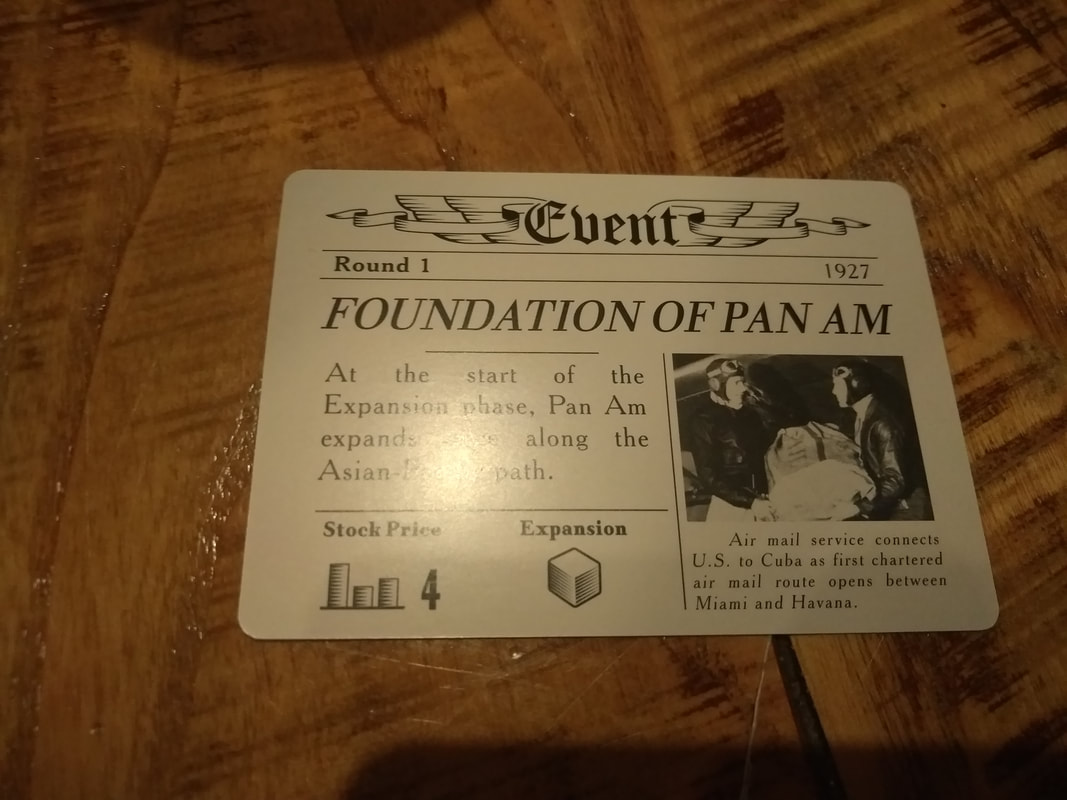
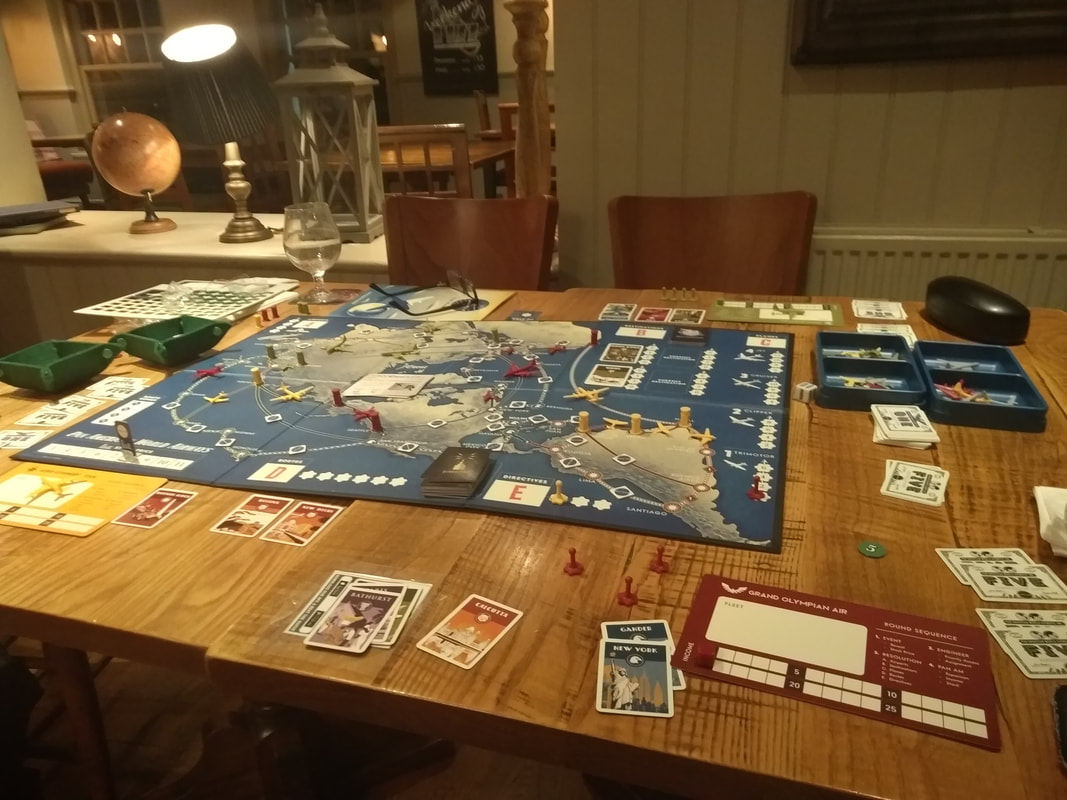
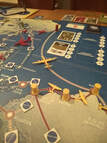
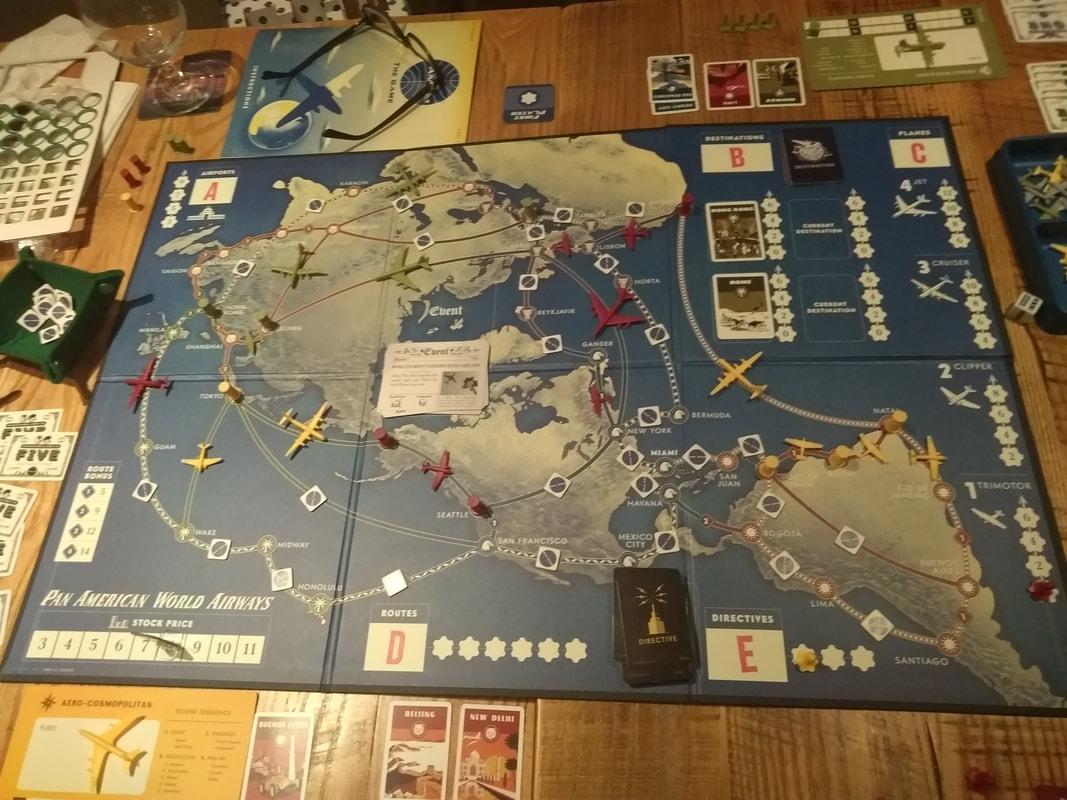
 RSS Feed
RSS Feed
